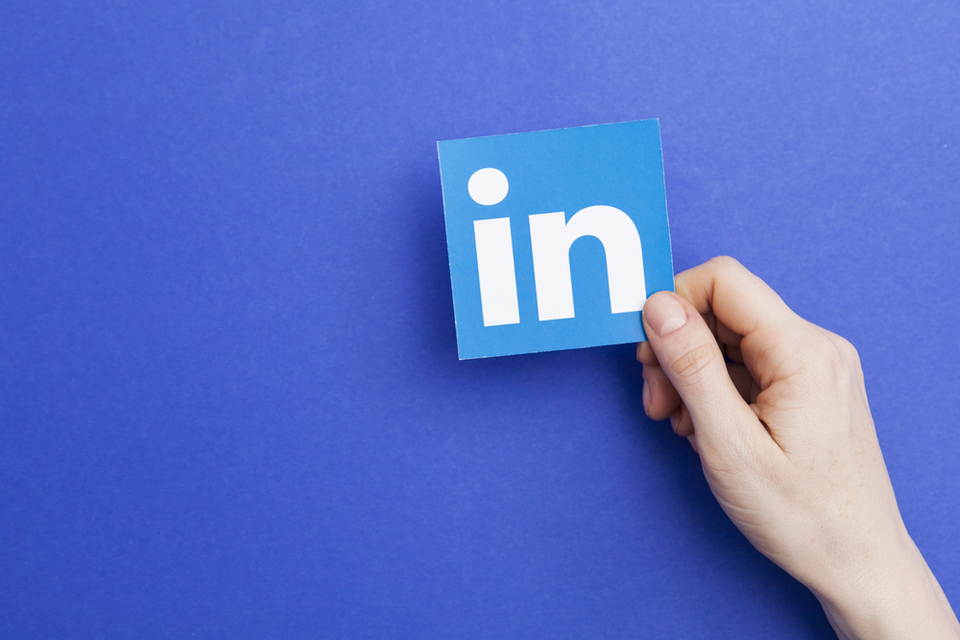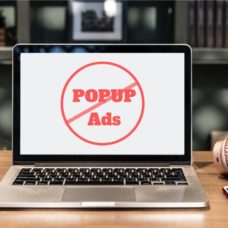A recent study from eMarketer suggests that more than half of companies will use LinkedIn for marketing by 2021.
At the moment, B2B strategies are more common on LinkedIn than B2C, and that’s not surprising. The social media platform has always been home to companies looking to reach a professional audience.
Recently, LinkedIn introduced new B2B audience attributes to ease the targeting process. These include filtering based on job title, education, seniority, industry, and company.
A principal analyst at eMarketer, Jillian Ryan, said in a previous study:
“We see more B2Cs using LinkedIn than in years past, but LinkedIn doesn’t work for all B2Cs.”
Expectedly, this limits how many companies can use the platform for marketing and advertising. But that’s not necessarily a bad thing.
According to a recent eMarketer forecast, LinkedIn will still play a significant role in marketing for companies this year.
Roughly 49.6 percent of companies with over 100 employees will use the platform for advertising purposes in 2020. By 2021, more than half – about 50.3 percent – of companies would depend on LinkedIn.
But why?
Why More Companies Will Use LinkedIn for Marketing in the Coming Years
LinkedIn has enjoyed steady user growth in recent times.
According to reports, the platform has over 500 million users, with more than 260 million active users. As a result of growing users, the social media platform has developed into a great marketing tool.
Brands have become better at leveraging various social media platforms for campaigns. And LinkedIn provides the chance to capture a professional audience at a different stage of the marketing funnel.
A senior forecasting analyst at eMarketer, Oscar Orozco explained:
“LinkedIn has a wealth of first-party data on a professional audience and unique B2B targeting capabilities, making it a great place to engage business decision-makers.”
Orozco pointed out that the B2B targeting opportunity will drive the increased use of the platform as a marketing tool in the coming years.
LinkedIn has been working to provide innovative options to advertisers.
For example, it launched Objective-Based Advertising in September 2019.
As you may have guessed, the new feature allows marketers to choose from three objectives: Awareness, Consideration, and Conversion. That way, advertisers can build the best audience segment based on the goals of each campaign.



















Comments (0)
Least Recent